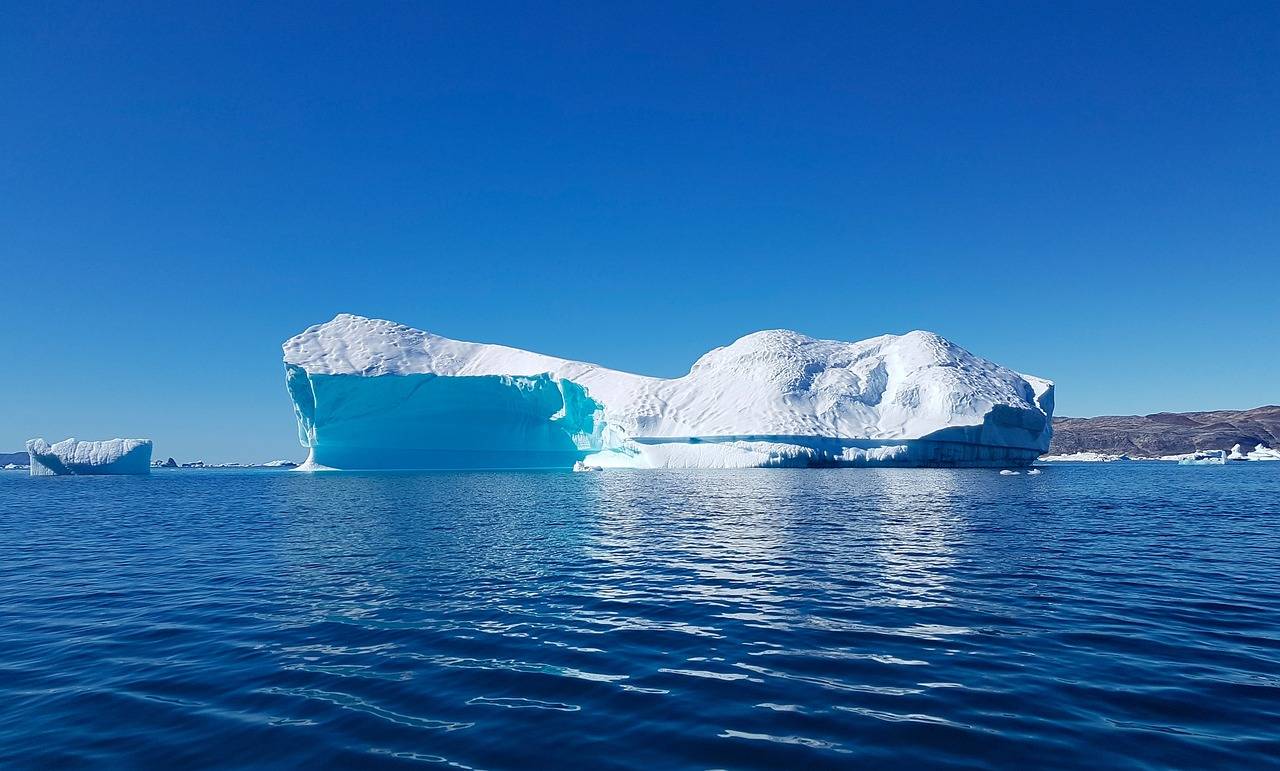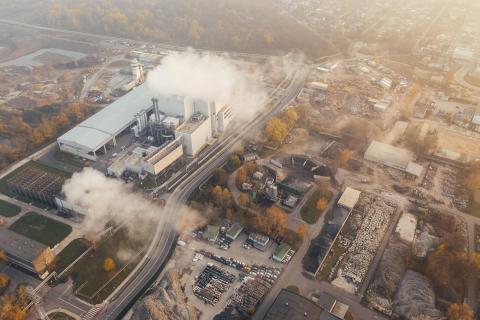Reactions: Study pushes possibility of ice-free Arctic Septembers to 2030
A model-based study estimates that there will be ice-free Arctic Septembers about a decade earlier than previously predicted. The possibility of this happening between 2030 and 2050 exists even in low-emissions scenarios, which is a more pessimistic estimate than the last IPCC report. The results are published in the journal Nature Communications.

Pep - Ártico (EN)
Pep Canadell
Executive Director of the Global Carbon Project and Senior Research Fellow at the CSIRO Climate Science Centre in Canberra, Australia
Planetary indicator after planetary indicator is falling with new records and with impacts decades earlier than predicted just a few years ago. This time, the Arctic's distant ice-free Septembers are a decade ahead of worst-case global warming scenarios. But even more alarming is that, for the first time, ice-free Septembers are predicted to pass even in scenarios with greenhouse gas emission reductions that are consistent with the Paris Agreement to stabilise global warming at no more than 2 degrees Celsius above pre-industrial levels.
It is further evidence of how fast global warming is progressing and of the accelerating impacts on the planet that will affect global societies and economies.
Ernesto Rodríguez - Ártico 2030 EN
Ernesto Rodríguez Camino
Senior State Meteorologist and president of Spanish Meteorological Association
The Arctic Ocean has been losing sea ice for the past decades in all seasons, with the loss being particularly noticeable since the beginning of the 21st century. The effects of an ice-free Arctic will be felt in both natural ecosystems and social systems, even beyond the Arctic region, both through positive albedo feedbacks that would accelerate global warming and through other processes such as disruption of the carbon cycle or changes in marine processes.
Climate models are the main tools available to estimate, depending on the greenhouse gas emission scenarios we collectively follow, the likely evolution of the climate. However, it is well known that models are approximate descriptions of the climate system that show certain biases that deviate model simulations from the actual observed evolution. In fact, the models used in the latest IPCC assessment report underestimate the observed reduction in Arctic sea ice. Model developers typically use the knowledge of these biases to improve the models, either by improving the formulation of smaller scale processes than the grid used to solve the physical equations on which the models are based or by increasing the resolution of the computational grid. Another commonly used way to correct for these biases is to calibrate certain parameters (within certain realistic ranges of values) that are included in the formulation of the sub-grid processes. Alternatively, biases can be corrected a posteriori as is done in this paper. To do so, the authors use an attribution analysis method - which also makes it possible to attribute this loss of Arctic sea ice primarily to increases in greenhouse gas concentrations - that corrects projections of sea ice cover based on a comparison between observations and simulations over a 41-year observational period.
The corrected observations give the main result over previous work that the first ice-free month of September (which is the month in which the minimum Arctic ice cover is reached) could occur in one to two decades, even for the least-emitting scenario consistent with the Paris Agreement commitments. This work narrows the window of time available to advance adaptation measures in the face of an ice-free Arctic Ocean scenario, as it could occur earlier than estimated in the work reported in the latest IPCC report.
Kim et al.
- Research article
- Peer reviewed
- Modelling



